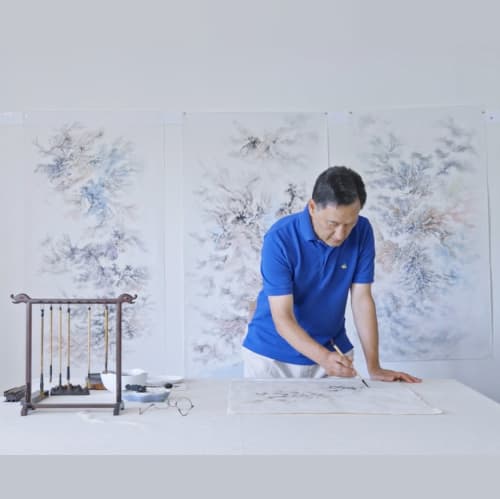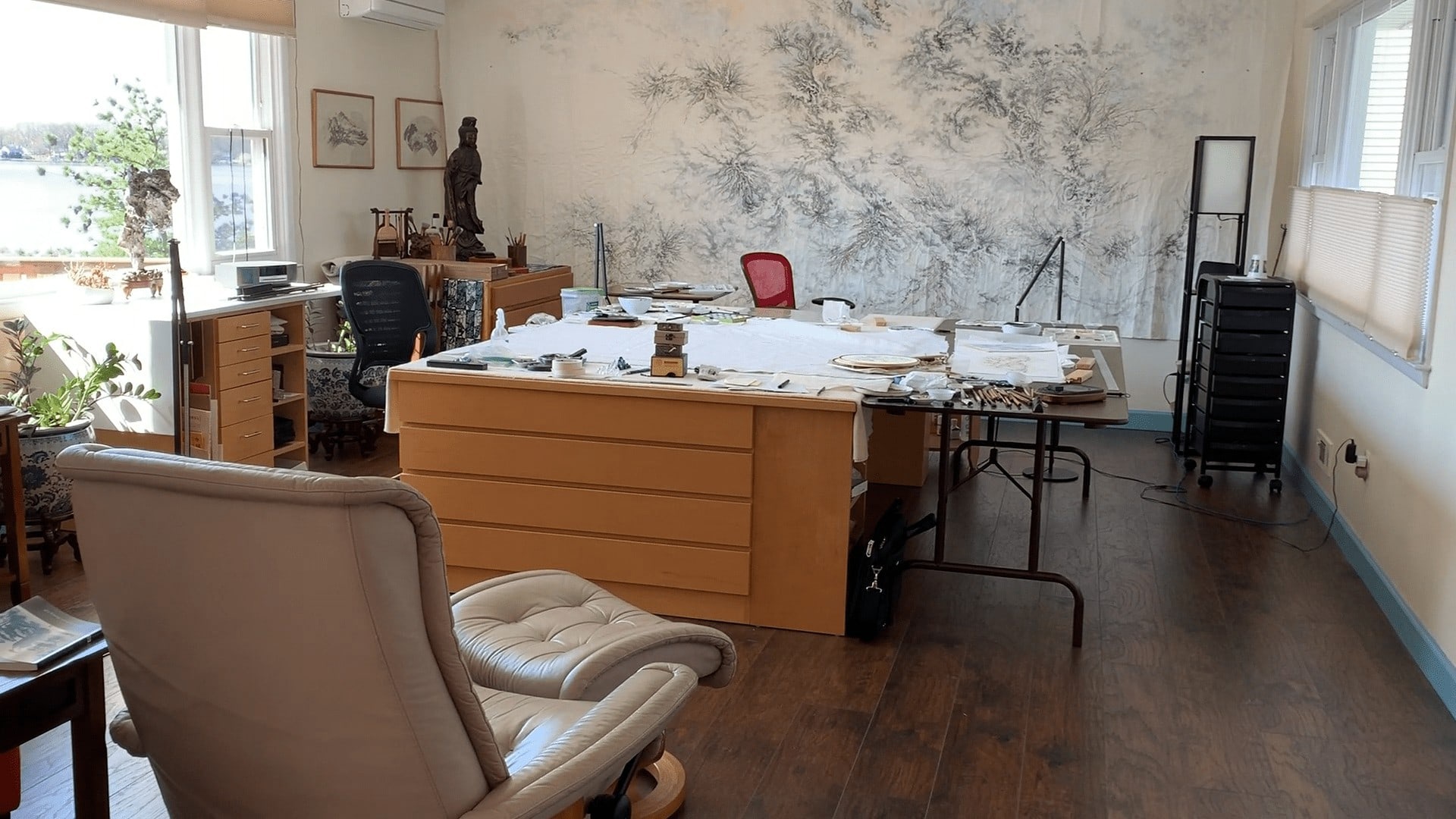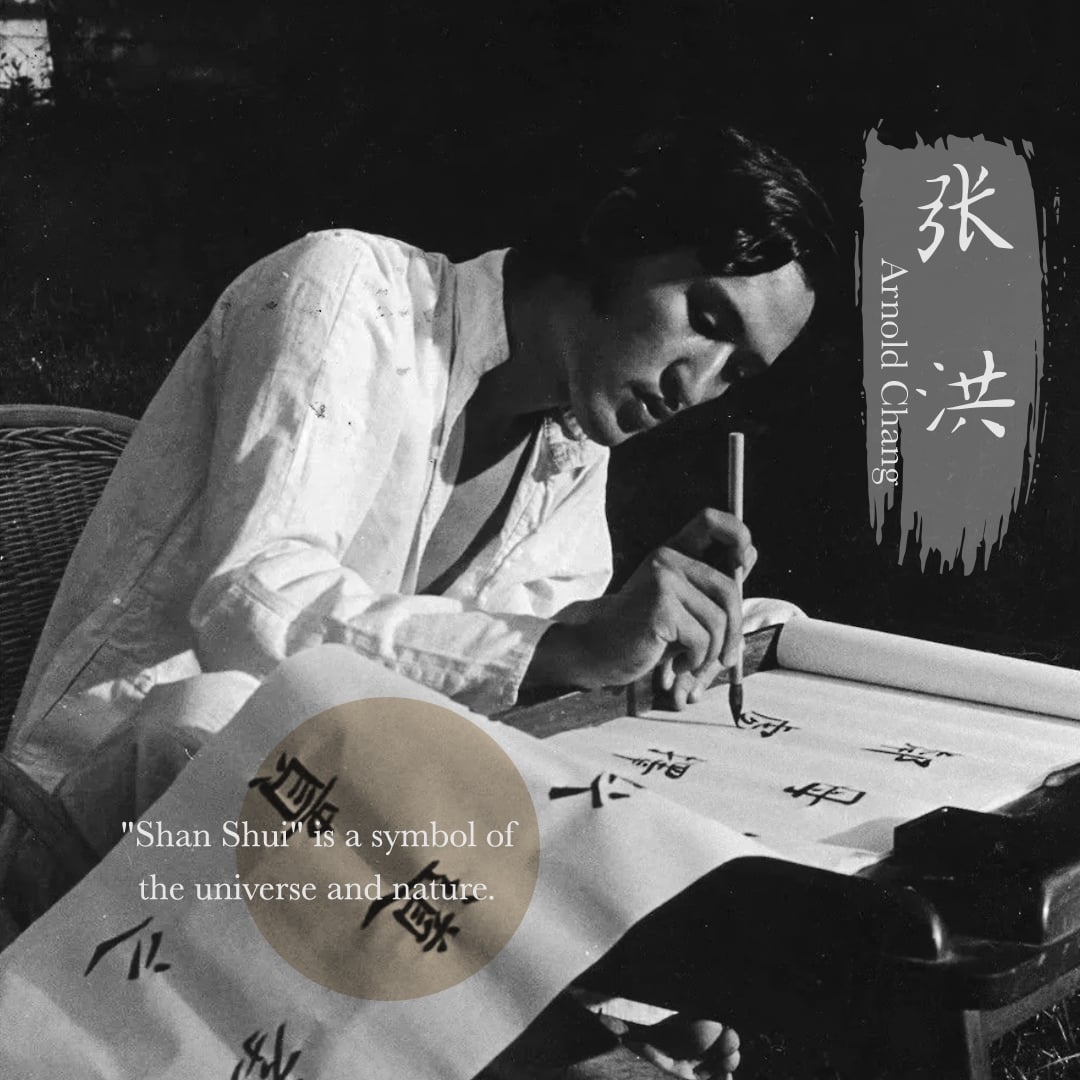Video Transcript
A Chinese art curator, researcher, scholar, and teacher of Chinese painting and connoisseurship. Chang served for many years as Vice President and Director of Chinese Paintings at Sotheby’s, where he is presently a consultant. Chang’s paintings have been exhibited internationally and are in the permanent collections of many museums, including the Metropolitan Museum of Art, British Museum, Asian Art Museum, Los Angeles County Museum of Art, The Art Institute of Chicago, and etc.
[Music]
SONG
All Is Not Lost -14494
ARTIST
Stephen Daniel Lemaire, ASCAP
ALBUM
An Everyday Universe
LICENSES
Adrev for a 3rd Party (on behalf of SaraoMusic|El Murmullo Sarao, SGAE|Universal Sarao , SGAE|Universal Production Music (UPPM)); Adrev Publishing, and 2 Music Rights Societies
[Transcript Start]
[Music]
the term landscape which is common
translation of shine-free it's not
exactly the same meaning as we talk
about Western landscape painting
john-boy - and Roy wah is really much
more of an intellectual kind of
understanding and depiction of nature
itself
[Music]
so tan Shui is just a symbol of the
universe of nature
[Music]
classical Chinese painting the line
itself has a certain quality it's not
used only to describe or outline a shape
or a form it's also you the line itself
is what the form is made of so the idea
is that you're taking you know your
experience of nature and combining it
with your experience of studying and
looking at other paintings and then
creating your own world that is relies
on the use of the brush to create lines
and dots and when we say brushwork it's
not just simply lines it's any marks
that the brush make and it's a very very
deep and sensitive medium because you're
working with wet ink on an absorbent
paper
there's no erasing so every stroke will
be visible
training your eye to see the subtle
nuances of ink tone light dark dry wet
it's mainly an art form of ink which is
very nuanced very subtle the most
important part is the actual drawing
with direction and studying Chinese
fingers has actually allowed me to learn
more about myself so it's really just
kind of finding a way to express certain
feelings and certain understandings
about nature and the relationship of man
to nature that you put onto paper in
other words I'm not so so much concerned
about the finished product that's
important for somebody who grew up in
the West to realize the power of Chinese
art and Chinese culture that it can
really take somebody who has completely
had no background and just kind of
pulled him in it changed my or it
allowed me to find my own identity as a
chinese-american
there's an is conception about tradition
that people think tradition means past
but actually tradition is Unknowing and
the opposite of tradition is not
contemporary one can be both
contemporary and traditional and in fact
in order to really understand the
tradition it's imperative that you you
find a way to make it relevant and make
it continue into the present and into
the future
you
[Transcript End][English (auto-generated)]




